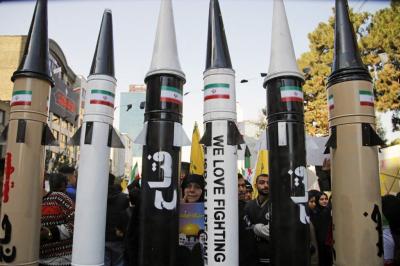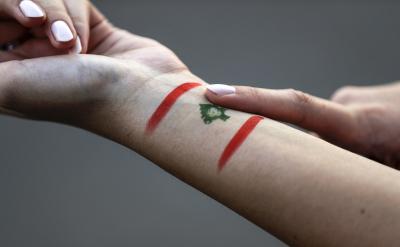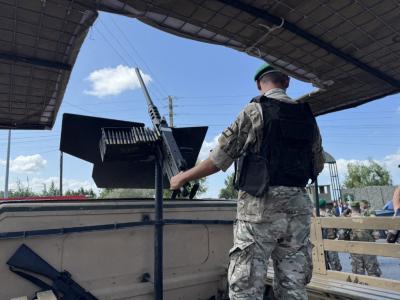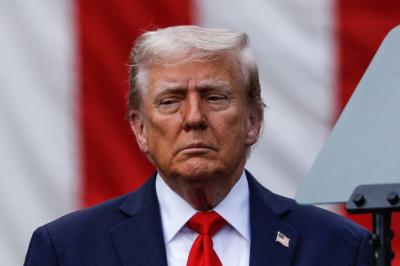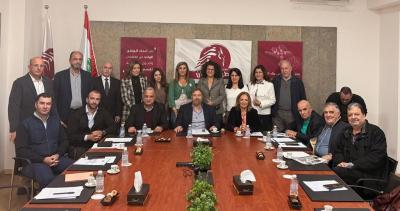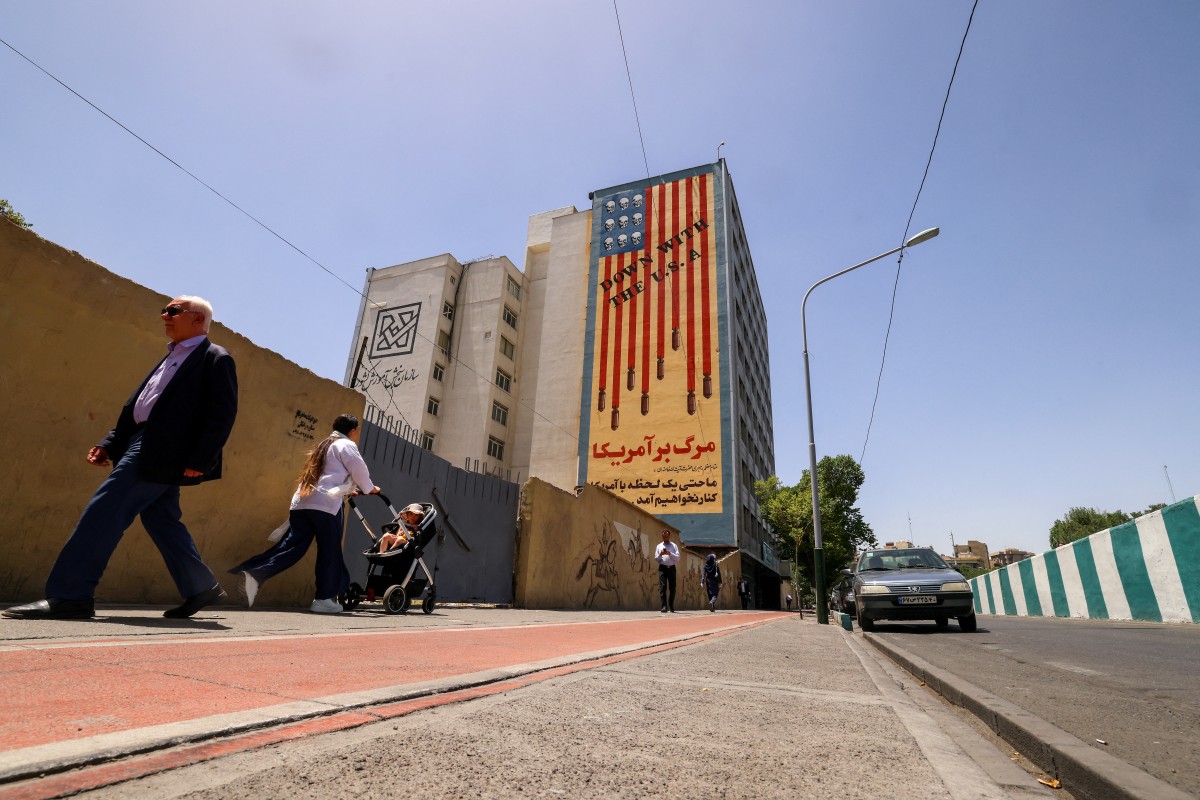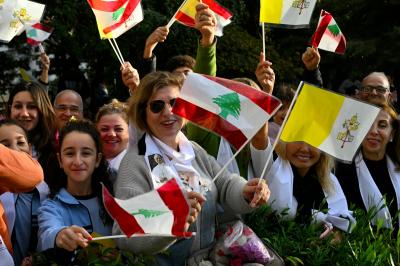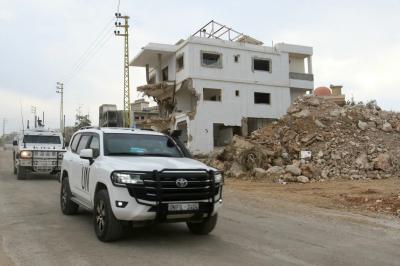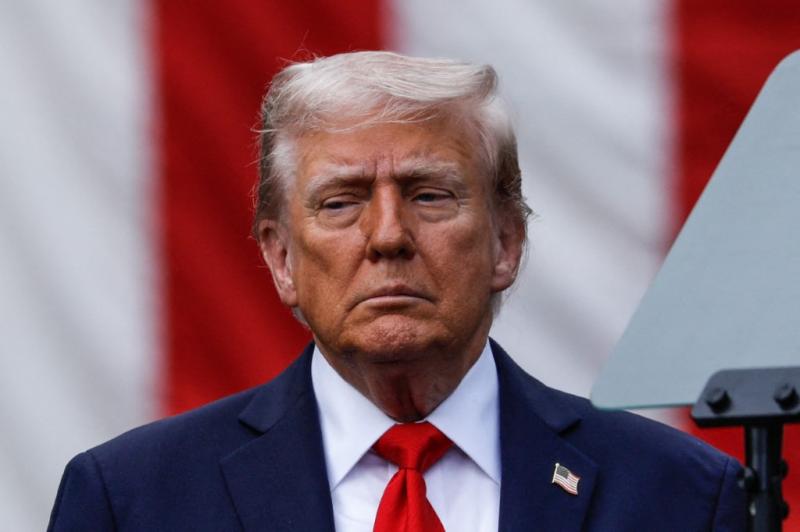On the next day, U.S. President Donald Trump’s historic tour of three Gulf countries sparked a wide array of assessments—some aligned, others contradictory—along with bets whose accuracy varied depending on the perspectives and hopes of different actors.
In analyzing how Tehran and its allies, particularly in Lebanon, have interpreted the outcomes of Trump’s visit, one finds they perceive a new U.S. direction. This new approach, in their view, diverges, or at least differs, from the rhetoric Trump employed at the start of his presidency regarding the region’s crises and the hardline stances he initially took.
According to this narrative, Trump has engaged in political bargaining and accepted certain concessions to secure financial and economic gains, including promises of billion-dollar investments.
From their standpoint, the most notable of these concessions include his silence on Iran’s ballistic missile program and regional influence, his disregard for the controversial plan to transform Gaza into a “Riviera” after relocating Palestinians, and his reduced pressure on Saudi Arabia and other Arab states to accelerate the Abraham Accords. They also point to his apparent compliance with Riyadh’s request to lift sanctions on Syria.
Furthermore, they highlight the public rift between Trump and Israeli Prime Minister Benjamin Netanyahu over the continuation of the Gaza war and the issue of striking Iranian nuclear facilities. They also reference growing European condemnation of Israel’s massacres, displacement campaigns, and starvation tactics in Gaza, along with the increasing assertiveness of Britain and France, which they interpret as signs of Washington’s tacit approval of anti-Netanyahu sentiment.
Indeed, there are signs of divergence, perhaps even contradictions, between Western powers and the Israeli government. But will this rift result in enough U.S. and European pressure to shift the course of events or rebalance power, especially following the “Al-Aqsa Flood” and the subsequent “Support War” in Lebanon, which tilted the scales in Israel’s favor?
Tehran is betting on this divergence. It has linked its return to the fifth round of negotiations with Washington to the outcome of this rift, a stance that is reflected in Hezbollah’s current posture. The party seems encouraged to stall and delay its handover of weapons to the Lebanese state, turning the “weapons dialogue” into a mere slogan to buy time.
However, Iran and its proxies’ wager is confronted by opposing signals that confirm the West’s enduring commitment to two issues: Iran’s nuclear capabilities and its regional influence. Chief among these signals is Trump’s insistence on halting Iranian uranium enrichment to weapons-grade levels—if not halting enrichment altogether, even under the guise of civilian use. This stands in direct contrast to Iranian Foreign Minister Abbas Araghchi’s declaration that Tehran would continue enrichment “with or without an agreement.”
Equally significant is the determination of Trump’s envoys to block enrichment and prioritize Hezbollah’s disarmament. Trump had himself accused Hezbollah in his Riyadh speech of being responsible for Lebanon’s collapse.
Trump’s envoy to Lebanon and Israel, Morgan Ortagus, also made the U.S. stance unmistakably clear ahead of her upcoming third visit to Beirut. She called for the full disarmament of Hezbollah across all of Lebanon—not just south of the Litani River—and stressed that Lebanon still had “a lot to do,” even if it had “achieved in six months what wasn’t achieved in 15 years.”
Similarly striking was the statement made by U.S. Senate Foreign Relations Committee Chairman Jim Risch to Asharq Al-Awsat, in which he emphasized the need to “weaken Hezbollah’s grip and get rid of it entirely,” expressing support for the Lebanese Army to extend its control over the entire country.
In conclusion, the indicators Tehran and its proxies are banking on reflect a belief in an impending geopolitical reversal in their favor. But this bet is based more on wishful thinking than reality—akin to “buying fish still in the sea.” Meanwhile, political and field developments affirm that the American, European, and Arab strategy remains grounded in a triad: stability, investment, and prosperity, signaling a shift away from war-driven agendas.
This strategy positions Iran not as a founding actor of the new regional order—like Saudi Arabia, the Gulf Cooperation Council, and most Arab states—but as a reactive one, forced to catch up after losing the initiative and the ability to dictate terms. Iran’s regional influence is thus expected to shrink, confining it once again to its borders as a national state with modest nuclear ambitions and curtailed external entanglements.
Please post your comments on:
[email protected]
 Politics
Politics
